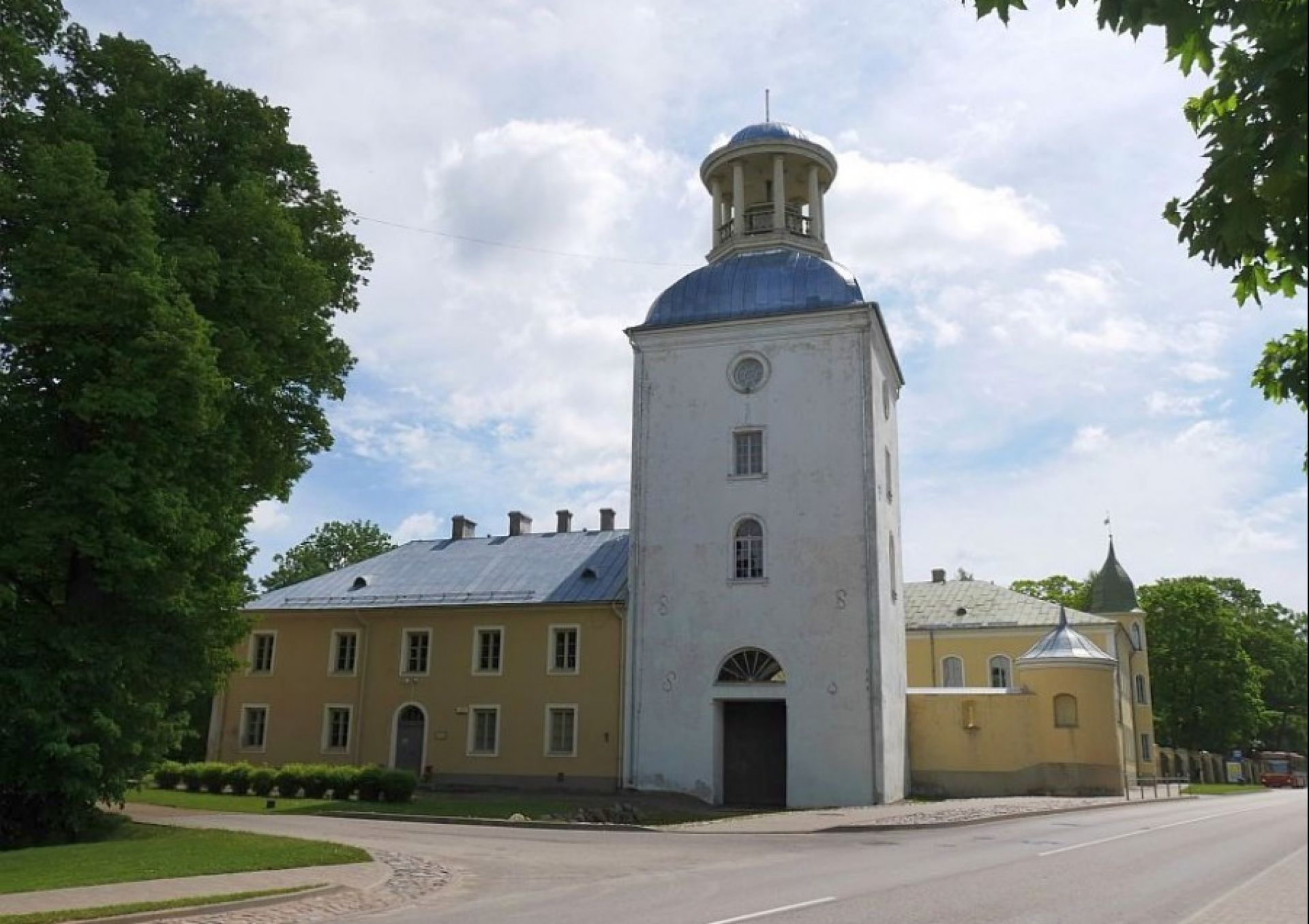All content and media files are published under a Creative Commons Attribution-ShareAlike 4.0 International License (CC BY-SA 4.0)
Krustpils Castle is one of the few ancient castles, that have survived not as ruins and remains but as fully preserved monuments open to the public.
The discrepancy in names (Krustpils Castle in Jekabpils) is easy to explain: until 1962, Krustpils was a separate town, older than the neighbor. Only in Soviet times, it was united with the left-bank part – Jekabpils.
The castle is built in a strategically important place on the border of two ancient states. At that time, its location brought it much trouble like regular invasions and conquests. At the beginning of the 18th century, it was partly destroyed but then reconstructed in time. It changed the original style a little, adding corner towers and a dome. Around that time, during military conflicts, the castle housed A.V. Suvorov who was plunged into reflection by its stone walls. He wrote in letters: “Now I am all idleness familiar to those poor souls who live for themselves, seek the supreme good in sweet languor and, passing from joys to joys, find bitterness and boredom in the end.”
In Soviet times, there was a military unit as the military town of Daugavpils was nearby the castle. As Latvia assumed sovereignty, the castle began to house a museum. It still works every day showing plenty of curious expositions.
Visitors are provided with two types of tours: day-time and night-time. Both tours include an excursion around the castle, during which tourists will learn about significant historical events. You can also go down to the haunted basement and see an old place of casting candles. The night tour, based on legends, is the only one of this kind in Europe. It is called Nocturnal Fairytales and does not allow kids to participate.
